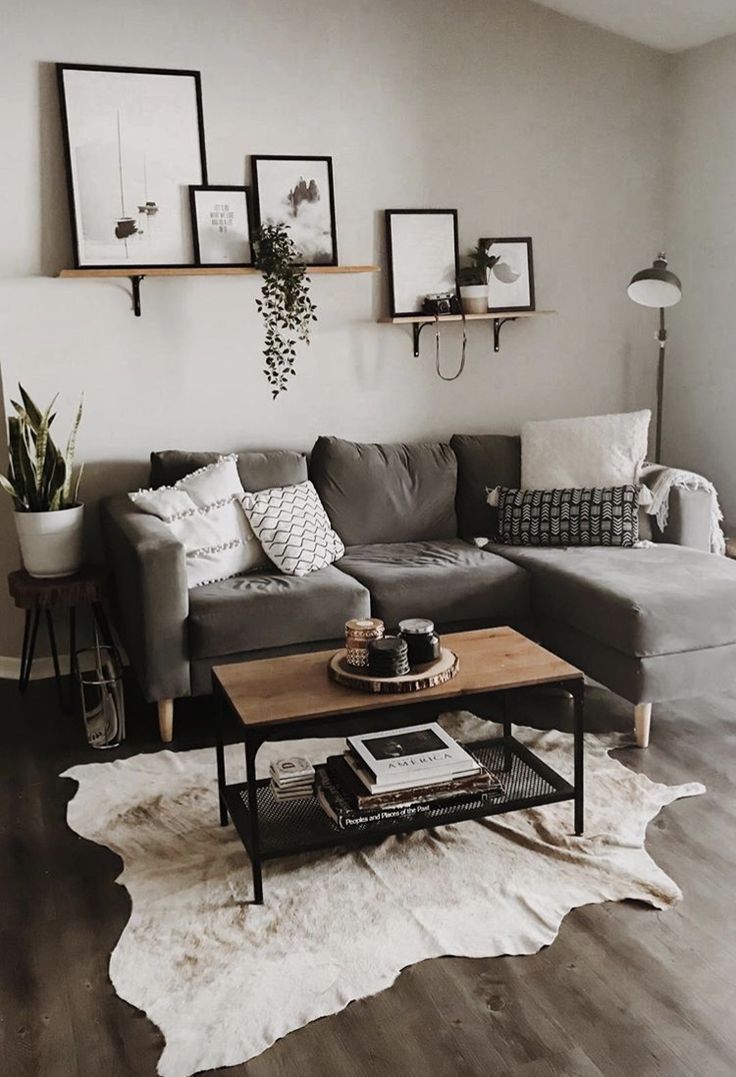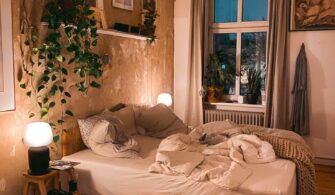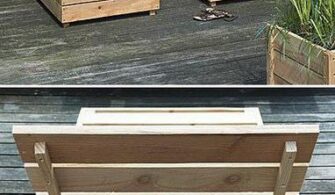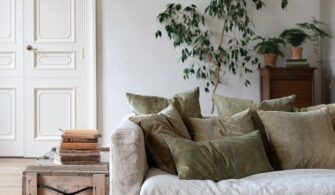In the following paragraphs I will run throughout the ideas of making a broken leather based pattern using texture to be a complete on your partitions and ceilings. This pattern can also be dead uncomplicated to patch in almost any broken spots chances are you’ll already have in your surfaces.
‘This texture (from time to time called artex, or drywall texture) layout’ is kind of achievable for the home ‘Do it yourself’ enthusiast using this type of outlined information.
The Damaged leather texture layout is very popular in new or newish houses like a finish on ceilings especially in the united kingdom. The reason for this is it is typically extra cost efficient for that contractor to achieve, It can be faster, in addition as the feel coating dries an off whitish colour, it mainly won’t need portray (emulsioning) afterwards, in comparison to planning and skim plastering The brand new plaster/wall board ceiling.
Basically, You will need to put together your floor appropriately, this is always the important element of any decoration what so ever, and you can down load your totally free bumper guide from my Web page.
As outlined in previous content articles you could roll the blended texture (or readymade texture) onto your floor applying a standard paint roller, albeit, the much larger roller (12″), coupled with a sizable paint trough, is good.
The Device for in fact making the result is Commonly a ‘stipple brush’ and the dimensions of this handheld Instrument is involving six or 8″ x four or five”.
But, due to the fact you really place the stipple brush into a polythene bag, then roll your texture onto the floor prior to ‘skittering’/’dragging’ sliding the bagged Instrument more than the coating of texture there is de facto no have to make use of a stipple brush in any way.
Get hold of one of those large bath sponges, throughout the exact diameter of the stipple brush, make use of a everyday plastic shopping bag, place the sponge inside of, pull the bag fairly taught all around it, so you have a ‘flat, almost level, but just a bit crinkly’ edge, While you’ll use this flat, edge area of one’s made up tool to create the pattern onto the textured surface area.
Now it is actually time to experiment, and always practice on the piece of plaster/wall board just before attempting the real point.
How thick do you might want to roll the feel onto the area? This depends on the depth of your desired style you need to reach, if you can roll out your texture coating all over 50 % inch depth on to your surface it would develop a medium depth pattern.
What regularity does the feel must be? This is essential, given that the coating needs to be rolled on; it has to be of pretty a skinny consistency. Rolling texture on to produce this pattern can be quite messy (exercise will make great) as well as regularity really need to resemble, ‘almost runny’ custard.
And remember, when you find yourself patching in, as most texture is combined for this regularity and rolled onto the area this depth talked about previously mentioned, produce the look on to your exercise board very first to discover of it resembles what’s presently in your ceiling/wall. So, if you intend to blend your personal texture from powder type, mix it to a thick regularity, then slender it down until eventually it seems ok, but could I recommend you don’t mix it down a lot of very first time, as it is possible to often include h2o to the combination, but you cannot include texture powder on the currently blended bucket in a while.
Thanks for looking through this informative article, I do hope that it’s going to support you as part of your quest to create a broken leather based sample on to your surfaces at home.
You should Be happy to Get hold of me with your issues.
‘Texture Revival Existing’s’
Regards Dale Ovenstone
Go on, Produce a Fad!







